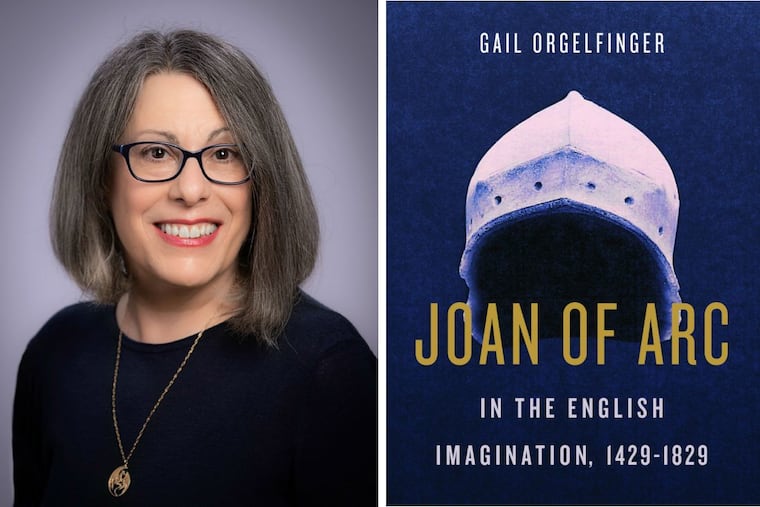Review
Link copied to clipboard
Link copied to clipboard
‘Joan of Arc in the English Imagination’: Girl, warrior, witch, myth, and more
The author, a Maryland professor and expert on the young French warrior, uncovers four centuries of opinions on Joan, a messy collage of misogyny, nationalism, guilt, justification, inquisition, and awe surrounding her still-amazing legacy.
